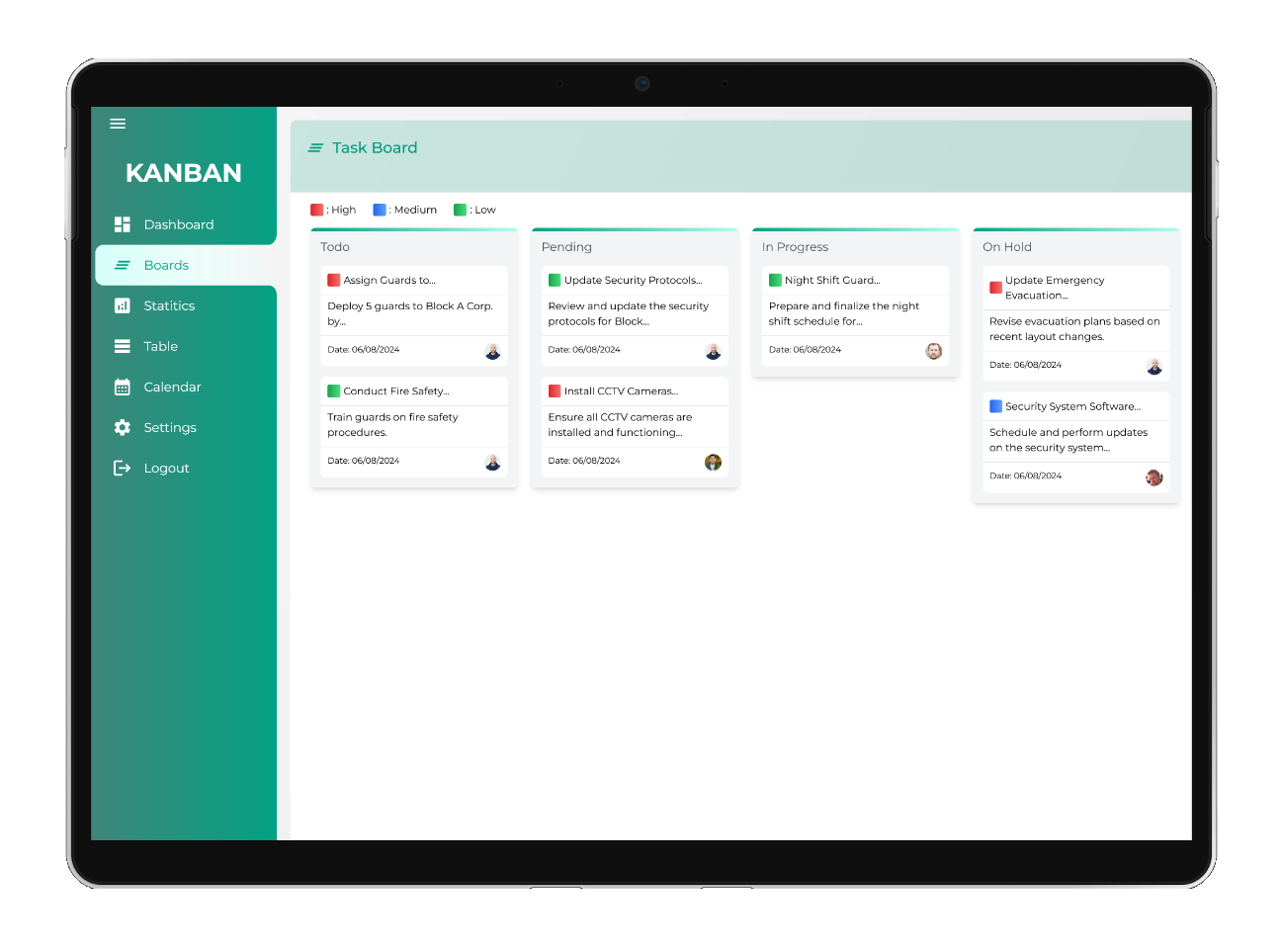In today’s fast-paced business environment, effective collaboration among team members is essential for achieving goals and driving success. Traditional methods of managing tasks and communication often fall short, leading to misalignment, delays, and inefficiencies. Digital TCard software has emerged as a powerful solution to enhance team collaboration by providing a visual and organized approach to task management. This blog explores how Digital TCard software enhances team collaboration, enabling teams to work more effectively together.

1. Visual Task Management
One of the most significant advantages of Digital TCard software is its visual task management capabilities. TCards allow teams to create a visual representation of tasks, making it easy to see what needs to be done, who is responsible, and the current status of each task. This visual layout helps team members quickly grasp project progress and prioritize their work accordingly.
With a clear overview of tasks, teams can easily identify bottlenecks and allocate resources where needed. This transparency fosters a collaborative environment where everyone is aware of their responsibilities and the overall project timeline. Visual task management minimizes confusion and ensures that all team members are on the same page, ultimately improving collaboration.
2. Real-Time Updates and Notifications
Digital TCard software facilitates real-time updates and notifications, keeping team members informed about changes and developments. When a task is updated—whether it’s moving to a different stage, having a new assignee, or being completed—team members receive immediate notifications. This feature ensures that everyone stays informed about project status and any changes that may impact their work.
Real-time updates reduce the likelihood of miscommunication and ensure that all team members are aligned with the latest information. By minimizing delays in communication, teams can respond more swiftly to changes and make informed decisions, enhancing overall collaboration.
3. Centralized Communication
Effective communication is the backbone of successful collaboration. Digital TCard software provides a centralized platform for team communication, allowing members to discuss tasks, share feedback, and collaborate on solutions within the context of their work. Instead of relying on scattered emails or messaging apps, team members can communicate directly within the TCard system.
This centralized communication streamlines discussions and keeps all relevant information in one place. Team members can easily refer back to conversations related to specific tasks, ensuring that nothing gets lost in the shuffle. This organized approach enhances accountability and helps maintain a clear record of discussions and decisions.
4. Flexible Collaboration Across Locations
In today’s increasingly remote and hybrid work environments, teams often find themselves working from different locations. Digital TCard software enables flexible collaboration across geographic boundaries. Team members can access the TCard system from anywhere, allowing them to contribute to projects regardless of their physical location.
This flexibility is crucial for maintaining productivity and collaboration among distributed teams. Members can update tasks, communicate with colleagues, and share files in real time, ensuring that everyone can stay engaged and involved, no matter where they are.
5. Enhanced Accountability and Ownership
Digital TCard software promotes accountability by clearly defining roles and responsibilities for each task. When tasks are assigned to specific team members, it creates a sense of ownership and responsibility. Team members know what is expected of them and can track their progress against deadlines.
This clarity fosters a collaborative atmosphere where team members are more likely to support one another. If someone is falling behind, others can step in to offer assistance or share insights. This collective ownership enhances team dynamics and encourages collaboration to achieve common goals.
6. Integration with Other Tools
Many Digital TCard software solutions integrate seamlessly with other productivity tools, such as project management software, communication platforms, and file-sharing systems. This integration creates a comprehensive ecosystem that enhances collaboration further.
For example, teams can link TCards to calendar applications to schedule meetings or set reminders for important deadlines. They can also connect to file-sharing services to ensure that everyone has access to the necessary documents and resources. This interconnectedness streamlines workflows and enhances collaboration by ensuring that all tools work harmoniously together.
7. Encouraging Continuous Improvement
Digital TCard software can facilitate continuous improvement by providing insights into team performance and task completion rates. Teams can analyze data to identify patterns, areas for improvement, and potential roadblocks. This information empowers teams to adapt their processes and enhance collaboration over time.
Regularly reviewing performance metrics fosters a culture of learning and growth. Teams can celebrate successes and identify opportunities to improve collaboration and efficiency, leading to better project outcomes in the future.
Conclusion
Digital TCard software is a game-changer for enhancing team collaboration in today’s dynamic work environment. By providing visual task management, real-time updates, centralized communication, and flexible collaboration capabilities, TCard software empowers teams to work together more effectively. As organizations increasingly adopt digital solutions to support collaboration, investing in Digital TCard software can lead to improved communication, greater accountability, and enhanced productivity. Embracing this technology is essential for teams aiming to thrive in an ever-evolving landscape, enabling them to achieve their goals and drive success together.